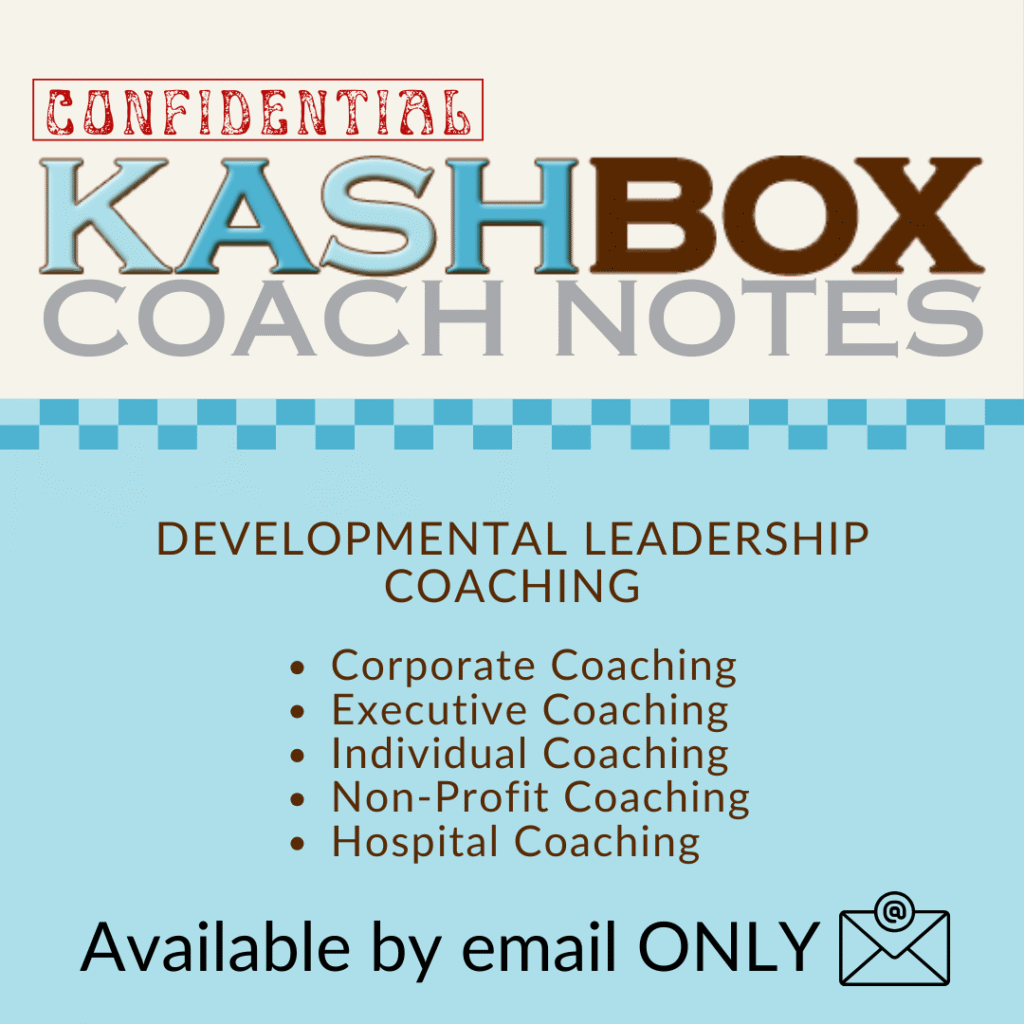Kashbox Coach Note: Leadership Coaching
The shift to remote work may have begun as a temporary solution for many, but it has since become a long-term reality for countless organizations. While the benefits of remote work are undeniable—flexibility, increased autonomy, and reduced commuting time—it has also introduced a new set of challenges, particularly for leaders. Managing a remote team requires different skills, and over time, many leaders have found themselves grappling with remote leadership fatigue.
This fatigue can manifest in multiple ways: difficulty staying connected with team members, decreased energy in maintaining engagement, or the constant balancing act of navigating virtual tools and communication. For leaders to thrive in this environment, it’s essential to adopt new strategies that sustain energy, foster connection, and keep their teams engaged.
The Causes of Remote Leadership Fatigue
Remote leadership fatigue often stems from the demands of constant virtual presence. Instead of walking into a room and sensing the energy of the team, leaders must now rely on virtual cues, which can feel artificial or incomplete. Add to that the pressure of managing performance, keeping morale high, and addressing the emotional needs of employees from a distance, and it’s no wonder that remote leaders sometimes feel overwhelmed.
Moreover, the boundary between work and home has become increasingly blurred, making it harder for leaders to switch off and recharge. Without the physical separation of the office, there’s often an unspoken expectation to be “always on,” leading to mental exhaustion and burnout.
Understanding these causes is the first step in addressing remote leadership fatigue. The next step is to adopt strategies that not only alleviate fatigue but also enhance team engagement.
Redefining Communication Channels
In a remote work environment, communication is everything. Yet, it’s not uncommon for virtual meetings, emails, and instant messages to become overwhelming for leaders and teams alike. This over-reliance on digital communication can be draining, especially when it lacks structure or intention.
One way to mitigate this fatigue is by rethinking communication channels. Not every conversation requires a Zoom meeting or an email. Leaders should prioritize asynchronous communication—where messages are sent and responded to at different times—when real-time collaboration isn’t necessary. This could involve using project management tools or shared documents to communicate updates, allowing employees to engage with information on their own time.
By minimizing unnecessary meetings and offering more flexibility in how information is exchanged, leaders can reduce the mental load that comes with constant virtual interactions.
Prioritizing Quality Over Quantity in Meetings
When meetings do take place, they should be purposeful. Remote leaders often fall into the trap of scheduling frequent check-ins to ensure that everyone is aligned, but this can contribute to fatigue for both the leader and their team. Instead of holding multiple status updates that lead to “Zoom fatigue,” leaders should focus on quality over quantity.
Short, focused meetings that have clear agendas and outcomes help maintain engagement while respecting everyone’s time. Consider implementing “no meeting” days to give teams uninterrupted time to focus on deep work. Additionally, leaders can encourage walking meetings or shorter stand-ups, which break the monotony of sitting in front of a screen for hours on end.

Ready to Find Your Perfect Kashbox Coach?
Every executive and business leader has unique strengths and faces specific challenges. That’s why we offer a diverse team of experienced coaches, each with specialized expertise in different areas of leadership coaching.
Click the button below to match with a Kashbox Coaching leadership coach who can best help you unlock your full potential.
Cultivating Trust and Autonomy
Remote work offers an opportunity for leaders to shift from a micromanagement style to one that emphasizes trust and autonomy. When employees feel trusted to manage their own schedules and tasks, they are more likely to stay engaged and productive. However, for leaders accustomed to traditional oversight, this can feel like a loss of control.
To overcome this, leaders should establish clear goals and outcomes for their teams, but leave the how to the employees. This approach not only alleviates some of the burden on leaders who no longer need to monitor every detail but also empowers team members to take ownership of their work. Trust-building is a two-way street, and when leaders show confidence in their teams’ abilities, it fosters a more engaged and motivated workforce.
Balancing Structure with Flexibility
One of the most difficult aspects of remote leadership is finding the right balance between structure and flexibility. Too much structure can feel stifling, while too little can lead to disorganization and disengagement. Leaders need to strike a balance by setting clear expectations, while also allowing room for flexibility.
One effective strategy is implementing a framework of flexible structure. This means having regular check-ins, performance goals, and deadlines, but allowing employees the freedom to choose when and how they meet those goals. For example, a leader might set the expectation for a weekly team update but give employees the flexibility to choose whether they submit a report, participate in a call, or use another method that suits them.
This balance ensures that leaders stay connected with their teams without overburdening them with rigid processes, while also giving employees the freedom to manage their work in a way that best suits their individual needs.
Encouraging Work-Life Boundaries
For leaders and employees alike, the blurred line between work and personal life in a remote setting can lead to exhaustion. Leaders often feel the need to be available at all hours, responding to emails late at night or hopping on last-minute calls. This lack of boundaries not only drains leaders but also sets an unhealthy example for their teams.
To combat this, leaders should model healthy work-life boundaries themselves. Set clear expectations about availability and encourage employees to do the same. This could involve creating “quiet hours” where no work-related communication is expected, or establishing a culture where taking time for personal well-being is not only accepted but encouraged.
By respecting boundaries, leaders can create a more sustainable remote work environment that reduces burnout and increases overall engagement.
Bite-sized leadership not published anywhere else.
You can unsubscribe at any time.
Keeping the Human Connection Alive
One of the most significant challenges of remote leadership is maintaining the human connection that is so crucial to team cohesion. Without face-to-face interaction, it’s easy for employees to feel isolated or disconnected from their colleagues and leaders.
To address this, leaders should be intentional about fostering connection. This doesn’t mean scheduling more work-related meetings, but rather creating opportunities for informal interaction. Virtual coffee breaks, team-building activities, or non-work-related chats can help recreate the social bonds that are often lost in remote work settings.
Leaders can also make an effort to check in with their team members on a personal level. A simple “How are you doing?” can go a long way in making employees feel valued and supported. When employees feel personally connected to their leader, they are more likely to remain engaged and motivated.
The Importance of Self-Care for Leaders
Finally, leaders themselves must prioritize self-care. Remote leadership fatigue is real, and the constant pressures of managing teams from a distance can take a toll on mental and physical well-being. Leaders need to carve out time for themselves to rest, recharge, and maintain their own balance.
Whether it’s scheduling regular breaks, setting boundaries for work hours, or taking time off when needed, self-care is essential for sustained leadership. Leaders who take care of themselves are better equipped to care for their teams, ensuring that they can continue to lead with energy, focus, and compassion.
Leading With Intent and Care
Navigating remote leadership fatigue requires more than just tactical adjustments—it calls for a mindset shift. Leaders must embrace new ways of managing their teams, finding innovative strategies to stay engaged without overextending themselves. By fostering trust, prioritizing meaningful communication, and maintaining human connections, leaders can keep their teams motivated while preserving their own energy.
In a remote-first world, the most effective leaders will be those who can strike a balance between engagement and sustainability, ensuring that both their teams and themselves thrive in this new work environment.

Creator of the KASHBOX: Knowledge, Attitude, Skills, Habits
Helping You Realize Your Potential
I help people discover their potential, expand and develop the skills and attitudes necessary to achieve a higher degree of personal and professional success and create a plan that enables them to balance the profit motives of their business with the personal motives of their lives.

















